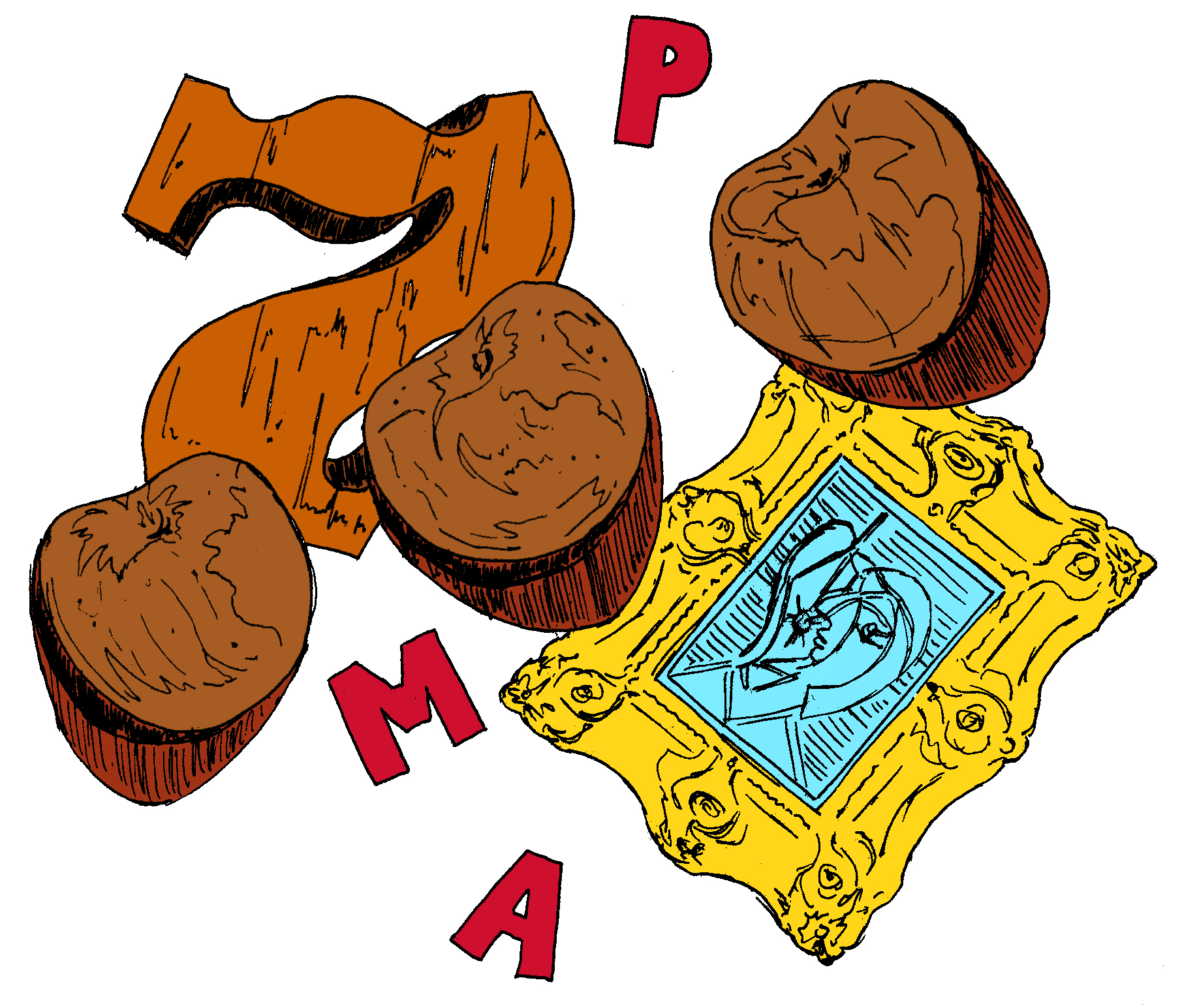Portland Museum of Art might just surprise you
February 22, 2019
 Kayla Snyder
Kayla Snyder“Claustrophobic.” “Elitist.” “Boring.” Worse has been said about museums. Maybe you’re imagining pairs of women in patterned scarves and narrow red glasses with beaded straps gliding through cramped hallways spitting nonsensical art jargon. Staring at yet another oil portrait of Jesus and some other guys that looks like every other painting in the hall, you can’t help but feel that museums are only a place for art historians and pretentious hipster wannabes.
Forgive my generalizations, but many people associate museums with this kind of toxic pseudo-intellectualism. Upon suggesting a visit to a museum, I’ve often been met with a suppressed grimace: “Sorry, I just really don’t like museums.” While staring at your feet may seem equally as enticing as looking at the walls, I encourage you to adjust your lens and take a drive down I-295 to the Portland Museum of Art (PMA).
Pulling into a street-side parking space, I wondered, “Where is it?” The museum doesn’t assert itself into Portland’s arts district with towering marble columns or glass structures that seem to challenge gravity. Instead, with flat-faced brick marked only by large, half-moon windows, the building seems to ask only one thing of you: look inside.
Pushing through the rotating glass door, I was overwhelmed by the space I entered. Do you remember the first time you visited Smith Union, astonished that a simple brick exterior encased the most chaotically designed space you likely have ever seen? Hidden inside the PMA’s brick exterior, white walls soar upward toward octagonal domes, natural light flooding in through hidden slits. The bare surface is decorated with massive, colorful works—from a huge mural resembling ink blots upon a canvas to neon slabs of painted wood with unrecognizable curved forms, to a portrait of a woman grinning in front of a chestnut forest. Even more haphazard is the arrangement of vacant rectangles in the walls, revealing hallways in the upper floors and providing gorgeous aerial views of the lobby from above.
Continuing on to the galleries, the diversity of the pieces on view and architecture of the space overwhelms the senses (how is there natural light in every room?). Admittedly, I am a regular visitor of museums, but I have learned that they are more than just structures to hold precious works. Everything that you see (and don’t see) in a gallery has been carefully selected to influence how you view a piece, so don’t just walk by. Would you view a Picasso with the same reverie if it weren’t encased in an ornate gold frame double the size of the piece itself?
Take a moment to read the description posted next to a piece. While these labels are often accompanied by a highly unreadable paragraph, full of ridiculous art-speak that reads like a second language, the PMA does an exceptional job bringing these descriptions to a lucid level. Take a minute. Read the blurb. Someone spent a long time creating this artwork—aren’t you at all curious what they were trying to say?
While I tried to read many descriptions, I confess that I couldn’t be less bothered to read about yet another marble bust. You don’t need to pretend to care about every piece on view. Visiting an art museum does not mean checking a box for each gallery hall frequented. Spend time with the works that don’t feel as easy to walk past.
You do not need to have taken an art history class or ever picked up a paintbrush to enjoy the PMA. Go for the portraits of babies with far too large heads, posed like kings on a throne (seriously, what did babies look like in the 19th century?). Go for the photo-op in front of the three massive apple sculptures, jutting out of the wall like those three-dimensional golf-ball stickers dads put on the outside of their minivans. Go for the sake of actually reading the description next to a piece of art and thinking, “Shit. That’s kinda cool.”
Don’t take the PMA too seriously. You might just enjoy yourself.

Comments
Before submitting a comment, please review our comment policy. Some key points from the policy: